
Five years after it was discovered in a Scottish auction house in Glasgow, a long wooden box of about 80 glass negatives is now in Canada, where it is putting a spotlight on the heart-breaking history of the British Home Children.
The child migration scheme sent a group of 100,000 impoverished children from Britain to overseas colonies between 1869 and the 1940s. The images discovered inside this humble wooden box in 2018 – now seen for the first time – reveals much about a difficult history shared by the United Kingdom and the Commonwealth.
“This box is a critical part of our history,” Lori Oschefski, president of the charity Home Children Canada who has just purchased the box for the foundation’s archives, said. “I’ve never seen anything like it. By far, it’s the most complete box that I have ever seen.”
Thousands of orphaned and poor children were sent to fill the labour shortages overseas during the late Victorian era. Although the incentives were to give these young children a better life, the reality was very different. Children were unpaid and had no choice in their move. They were separated from family, and many were abused or neglected by those that took them in as cheap labour.
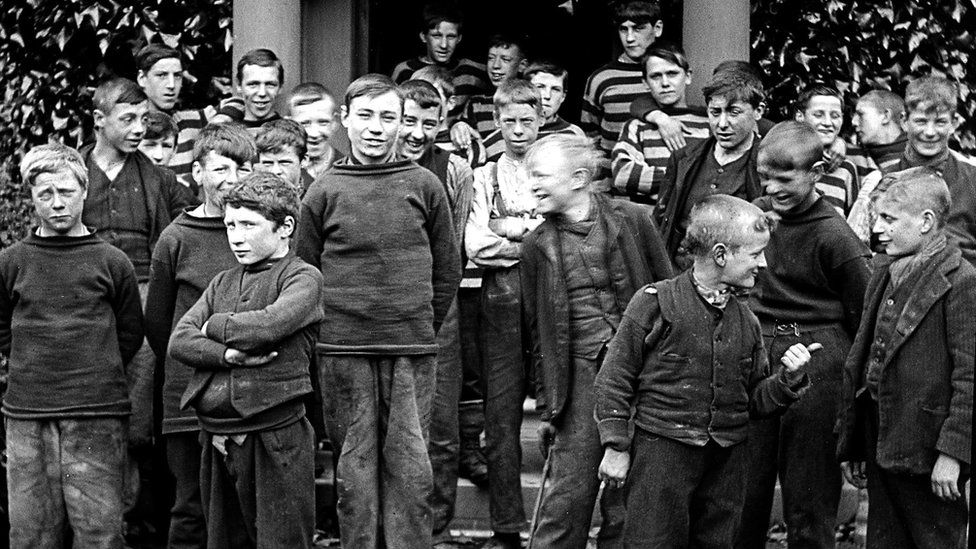
It is now a major aspect of many Canadians’ shared history. An estimated 10% of Canada’s population – around 4 million people – are descendants of the British Home Children. The vast majority are not aware of their stories, however, as most children did not tell their descendants about the past
While Australia and the UK apologised for the forced migration of child labourers more than a decade ago, Ms Oschefski said there is some resentment over a fast-tracked motion in Canada’s House of Commons that included an unofficial apology.
There was also no warning of its passage, meaning descendants and surviving British Home Children were not given an opportunity to speak, Ms Oschefski said. George Beardshaw, a 100-year-old man who is one of two surviving British Home Children, said he wants to ensure this part of Canadian history is not lost.
Canada “was built on the backs of these children and that needs to be recognised and needs never to be forgotten”, Ms Oschefski said.
These photos may help ensure that these boys’ stories remain in the public eye.
The boys in the pictures
The pictures in the box are of young boys on a farm in Scotland owned by George Carter Cossar. The farmer also owned a homestead in Gagetown – a small town in New Brunswick, Canada.
Mr Cossar’s farm in Scotland operated as a kind of training ground for young Scottish boys before they were shipped out abroad.
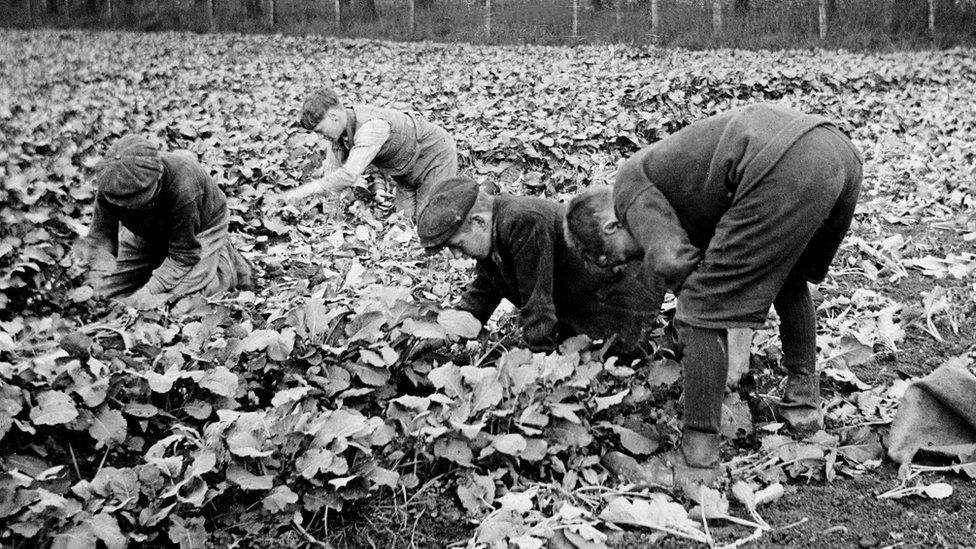
Some images show the boys working on the farm or playing football, and others depict young children looking as if they have just arrived from the slums of Glasgow. There are pictures of a grand house, and there is an image of some of the young boys in their Sunday best in front of a large ship.
Old-fashioned projectors, known as magic lanterns, would be used to show pictures such as these in places like church halls across Great Britain. They would appear alongside cartoons and news items.
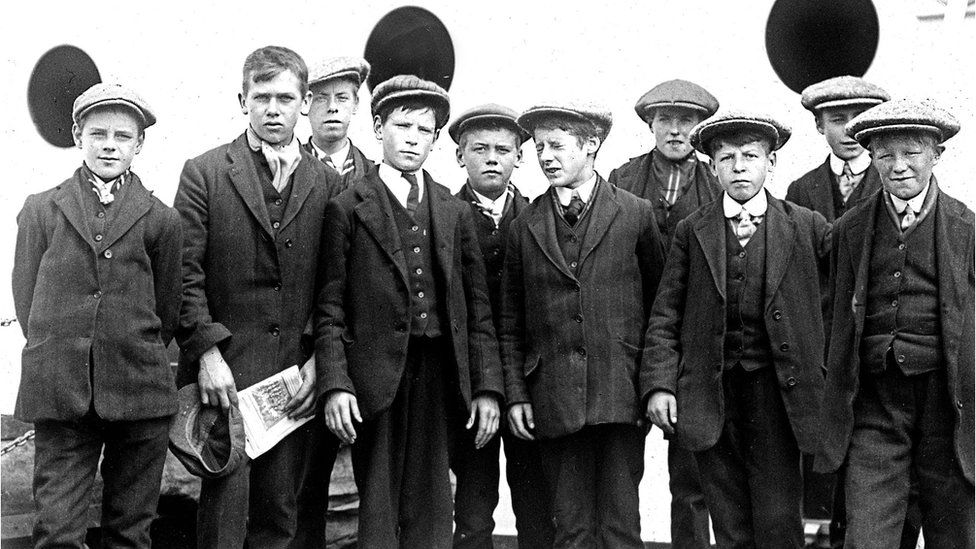
Malcolm Lindsay, the man who discovered the slides, said they were put together and exhibited to raise funds for the British migration scheme.
Mr Lindsay, who describes himself as a photo ‘detectorist’, came across the box in the Great Western Auction House in Glasgow in 2018. He began to investigate the images and dig into their stories.
“If you start looking at an archive, things jump out at you,” he said. “It’s exciting.”
Mr Lindsay was particularly interested in the picture of the boys with their smart outfits in front of the ship. After noticing the boat’s name, he was not only able to find out that the boat was bound for Canada, but he also found a list of the child passengers’ names.
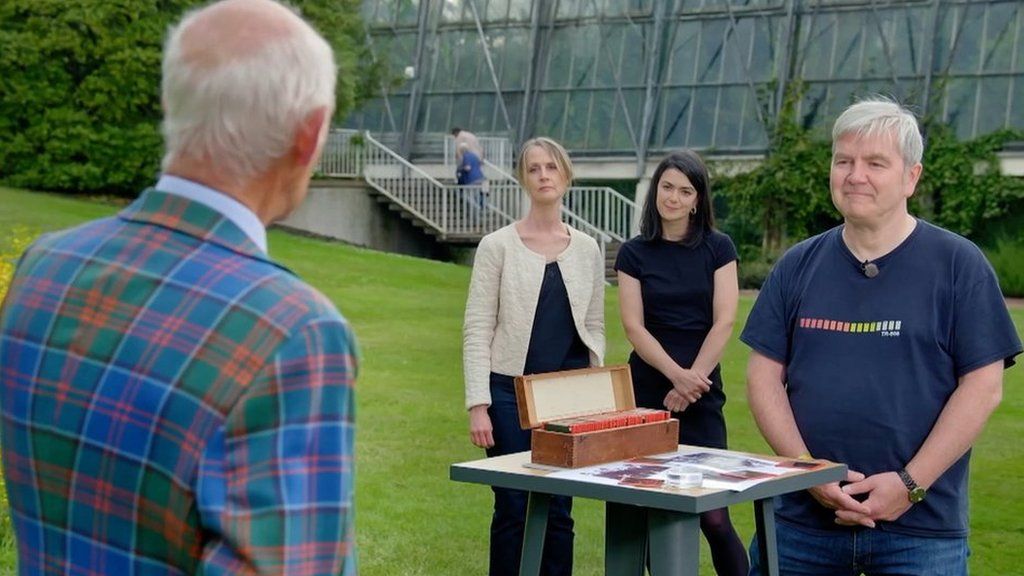
Realising the historical story these pictures uncovered, Mr Lindsay posted his find on Ms Oschefski’s Facebook page. She bought them from him soon thereafter and received the box in the autumn.
As she opened the box, Ms Oschefski said “a sense of purpose washed over me and gazing at the faces of those boys inspired me”.
Beginning where Lindsay left off, http://cerahkanla.com Ms Oschefski is now working to match the passenger list names with the photos, using identifiers like the initials on the boys’ suitcases. Four boys are carrying trunks with initials in one photo, which had the date 17 August 1912 scratched on its slide. The ship left a week later.
Ms Oschefski has been able to identify three of the boys in the picture so far: Joseph McCash (16), Hugh Baird (17), and Thomas Murray (16). Fifteen of the boys in the slides have been identified and nine have been tracked. Based on historical records, six served in the First World War.
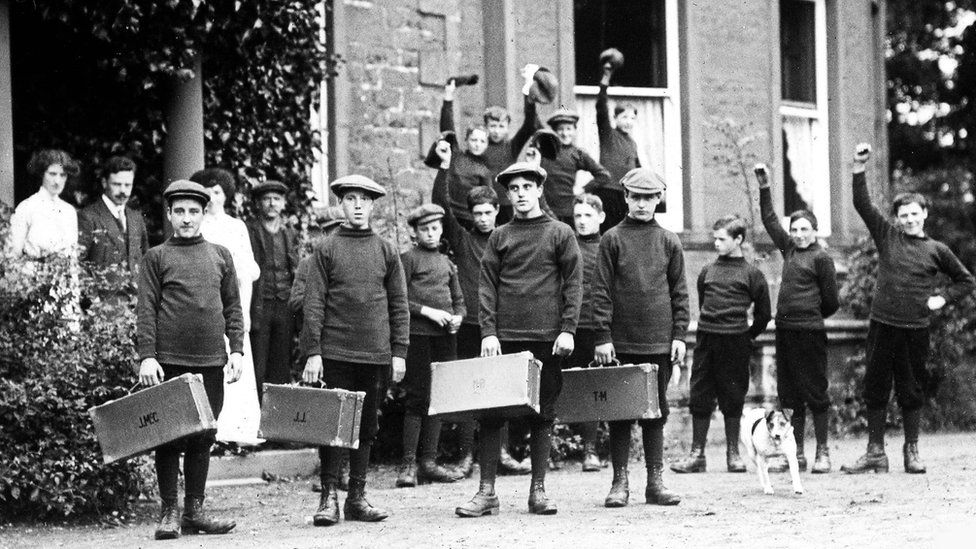
The investigation continues and Ms Oschefski, whose mother was a Home Child taken from her destitute grandmother, knows the importance of finding images that help people understand the past.
Finding pictures and talking about the stories, she said, “gives you closure, gives you peace”.